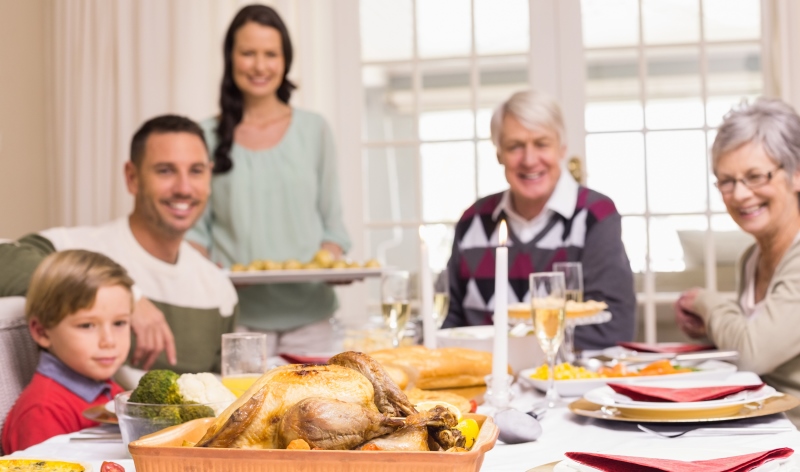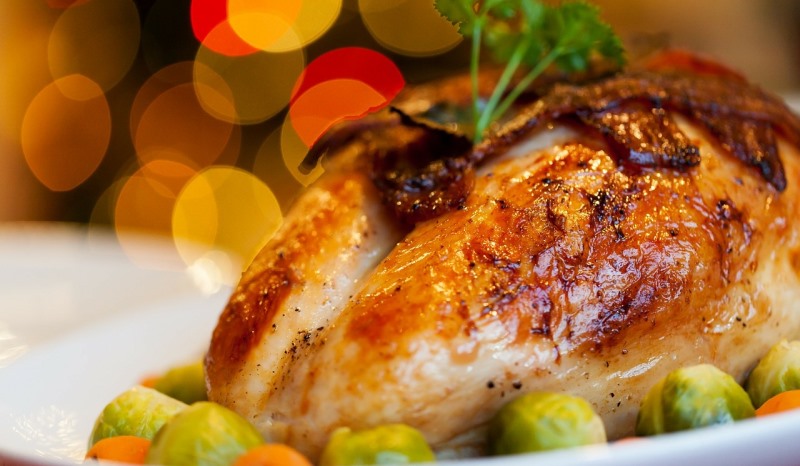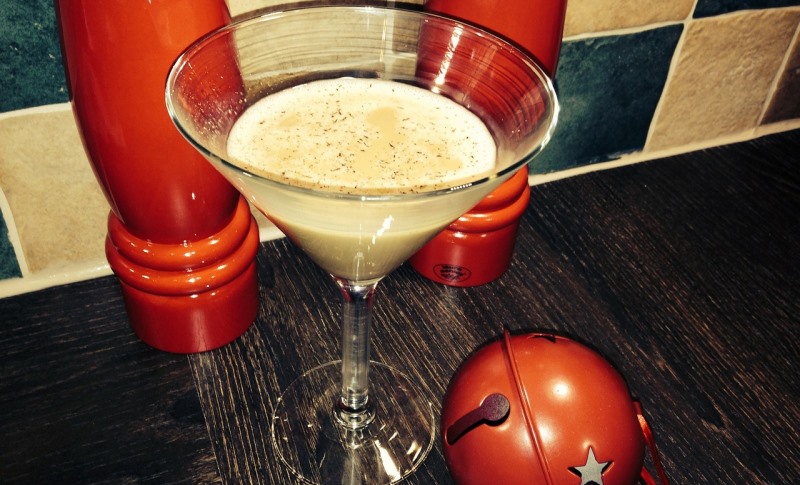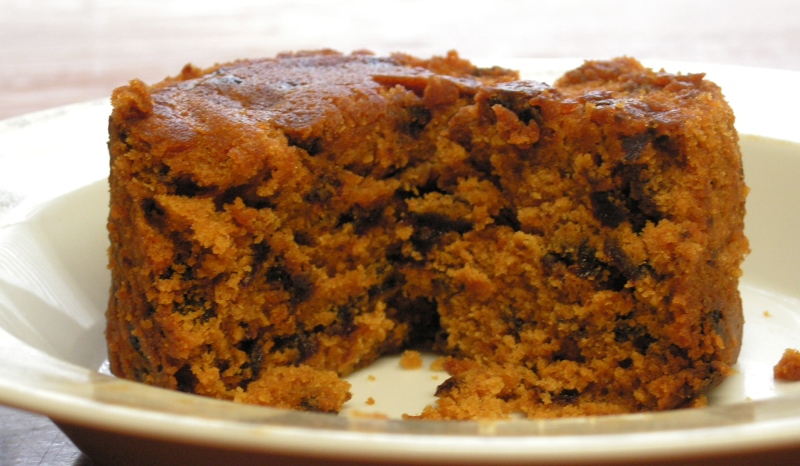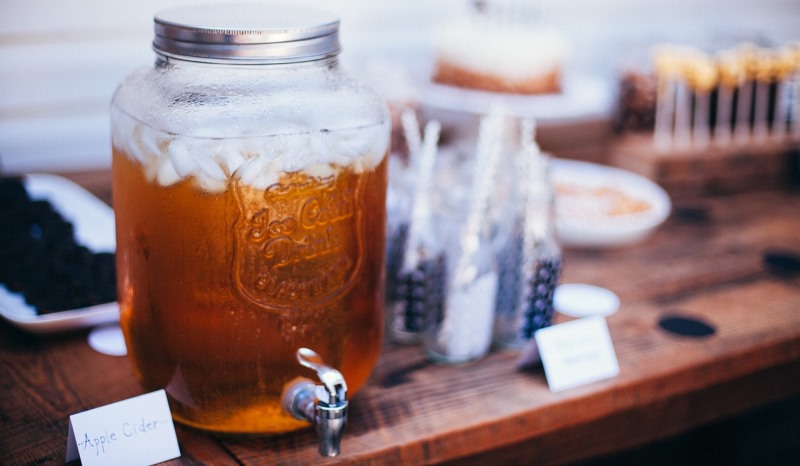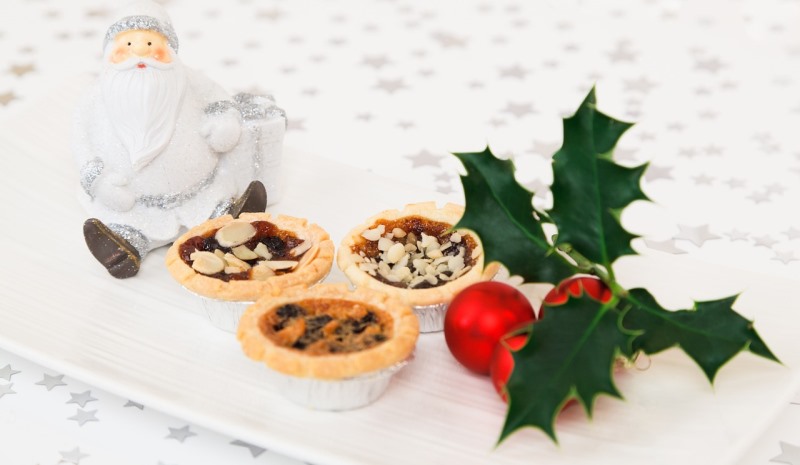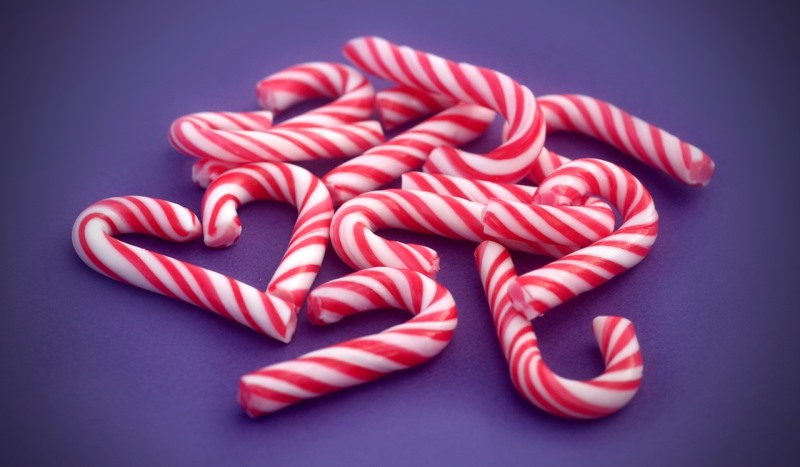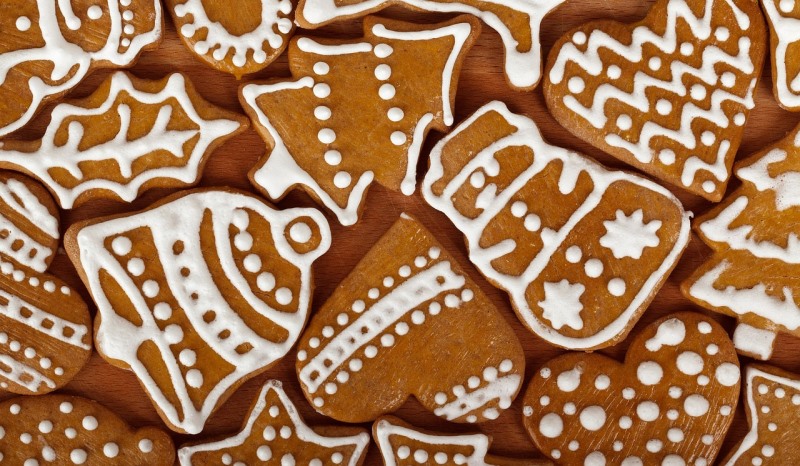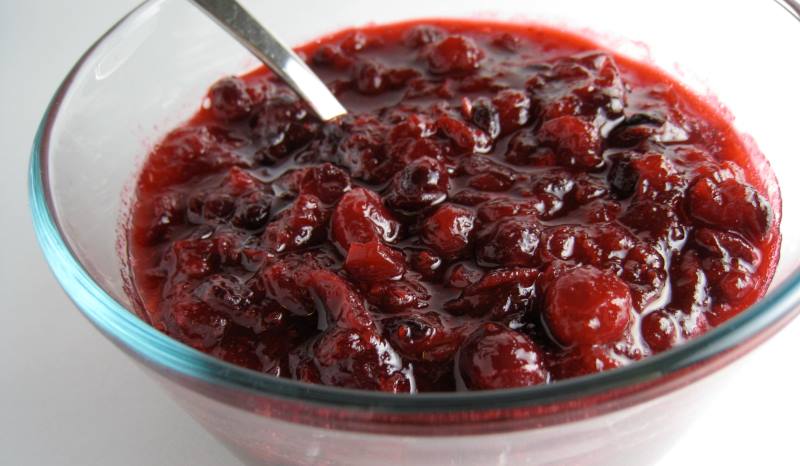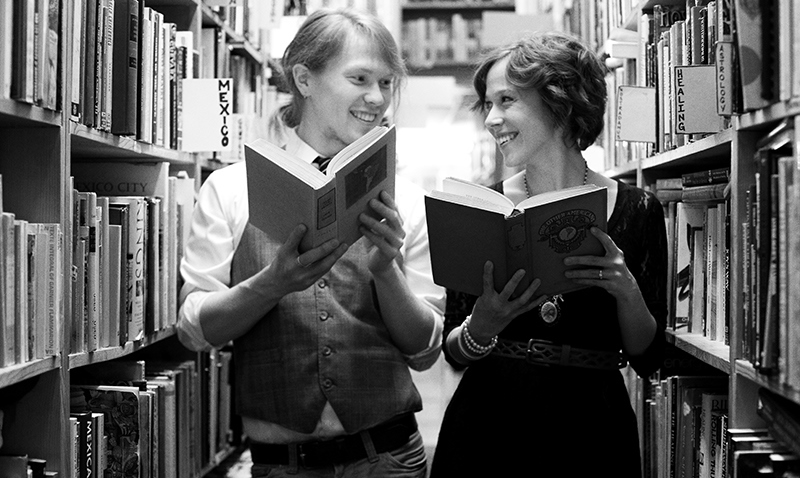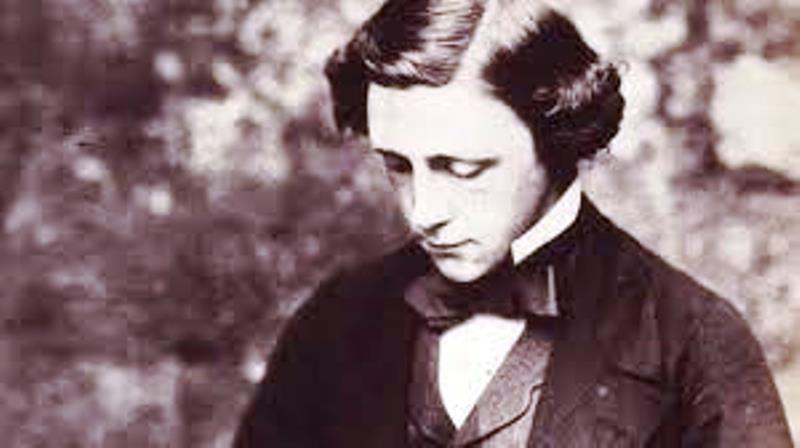1. Roast turkey
Image source: Pixabay, under Creative Commons License
Christmas is just not Christmas without a beautiful golden roasted turkey. Before turkey took over, the popular Christmas dishes were goose and cockerel or, for those who could afford it, peacock and swan. Sometime between the 15th and the 16th centuries, the New World introduced turkey to Europe. Because it was inexpensive and quick to cook, turkey soon became a popular choice for Christmas feast food. Christmas is now unfathomable without a roasted turkey as a centrepiece, served with cornbread stuffing, cranberries, and gravy.
2. Eggnog
Image source: Pixabay, under Creative Commons License
Eggnog is a variation of an English punch made of milk and wine. Eggnogs date back to at least the 17th century, when they were often used as a toast for health at social occasions. They naturally became a preferred choice for spreading Christmas cheer. Nowadays eggnog is usually a frothy mixture of eggs, milk, and sugar, spiked with rum or bourbon. Though the recipe of making eggnog is very simple, there are also pasteurized commercial eggnogs readily available in supermarkets. Different types of vegan nogs and artisan eggnogs are also available from small farms. You can also make your own eggnog recipe by getting all-natural eggnog and adding your own alcohol, finishing off with a garnish of fresh nutmeg.
3. Christmas pudding or plum pudding
Image source: Google, copyright-free image under Creative Commons License
Back in the 14th century, Christmas pudding, or commonly known as plum pudding, was a type of porridge made with mutton, beef, currants, raisins, prunes, mixed spices, and wine. The meats were removed from the porridge recipe in the 17th century. Today, the pudding is made with many dried fruits that are held together by eggs and suet. Treacle or molasses are sometimes used to moisten the pudding, and cinnamon, nutmeg, cloves, ginger, and other spices are used to flavor it. Despite the name “plum pudding,” pudding has no real plums in it – instead the term “plum” refers to the raisins in the pudding, owing to the origins of the term from the pre-Victorian era. Traditionally the puddings were made four to five weeks before Christmas. Everyone in the household, at least every child, would give the mixture a stir and would make a wish while doing so. Sometimes small silver coins were put in the pudding mixture, which can be kept by the person who found the coin in their serving. The coin is believed to bring wealth and good luck in the coming year.
4. Apple cider
Image source: Pixabay, under Creative Commons License
Apple cider is the juice that is produced from apples with mechanical pressure, and is unfiltered and often unpasteurized. It is an opaque apple drink which is highly perishable, and is available at markets and farm stands in the fall. Traditionally, apple cider is made from first harvest apples, and is therefore tangier than apple juice. Unpasteurized apple cider can become alcoholic and fizzy over time due to naturally occurring yeast that causes fermentation. It smells and tastes heavenly, even more so with the addition of spices, and brings in the warmth of Christmas. So warm up your Christmas get-togethers with a mug of apple cider.
5. Mince pies
Image source: Pixabay, under Creative Commons License
Unlike the pies of today, traditional mince pies were filled with meat, usually lamb. They were first made in an oval shape symbolic of the manger that Jesus slept in as a newborn, with the top representing his swaddling clothes. Now mince pies are mostly round and are eaten both hot and cold. In the UK, on Christmas Eve, children often leave out mince pies with brandy or other drinks for Father Christmas and a carrot for the reindeer. An ancient custom states that if one mince pie is eaten every day from Christmas to the Twelfth Night (6th January), happiness and good luck will be bestowed upon you for the next 12 months!
6. Candy canes
Image source: Pixabay, under Creative Commons License
It was almost 350 years ago in Germany that the Christmas Candy Cane was born. Candy canes were originally straight white sugar sticks. Legend has it that in 1670, when a choirmaster was worried whether the children would sit through the long Christmas service in silence, he decided to give them something to eat to keep them quiet! As he also wanted to use the opportunity to remind them of Christmas, he made the canes to look like a shepherd’s crook, symbolising the shepherds that paid baby Jesus a visit on the first Christmas. The red stripes were added sometime around 1900, as were flavours of peppermint or wintergreen. There are also many other legends and beliefs around the humble candy cane. Some say the ‘J’ symbolizes Jesus while others add that the white of the cane represents the purity of Jesus Christ and the red stripes symbolize his blood from when he was crucified. The peppermint flavor, it is believed by some, represents the hyssop plant that, in the Bible, was used for purifying. Though there is no historical evidence to support these claims, these still are some lovely thoughts. Whatever might be the history behind the birth of these delicious candy sticks, Christmas seems impossible without these now.
7. Gingerbread
Image source: Pixabay, under Creative Commons License
Gingerbread is a popular Christmas treat all over the world. It was during the Middle Ages in Europe that gingerbread made its first appearance. Back then, gingerbread was made from sugars and spices from the Middle East, brought by soldiers who were returning from the Crusades. Initially, due to the preservative effects of ginger on cakes, breads, and other pastries, gingerbread was known as “preserved ginger” in England. It wasn’t until the 15th century that the sweet cake made with treacle and ginger came to be referred to as gingerbread, and the treat became associated primarily with Christmas only in the 19th century. Gingerbread can either be a cake, or a type of cookie that has ginger in it, commonly in the form of a gingerbread man, among other creative shapes. Today gingerbread cookies and houses are extremely popular, and have become a necessary Christmas tradition anywhere.
8. Cranberry sauce
Image source: Google, copyright-free image under Creative Commons License
Thanksgiving dinner in North America and Christmas dinner in the United Kingdom is unimaginable, if not impossible, without cranberry sauce or cranberry jelly. The most basic cranberry sauce consists of a thick mixture of cranberries and sugar water boiled together until the mixture thickens and the berries pop. The flavor of cranberry sauce varies depending on where the sauce is made; for example, it is generally slightly sour-tasting in Europe, while it is sweetened in North America. Cranberry sauce is often eaten with turkey for Thanksgiving or Christmas in Canada and the United States. Serving or eating cranberry sauce on any other occasion except Christmas and Thanksgiving is extremely unusual.
Enjoy these must-eat treats for Christmas and let us know what you thought of them in the comments below. Have a merry Christmas!
Featured image source: Shutterstock
